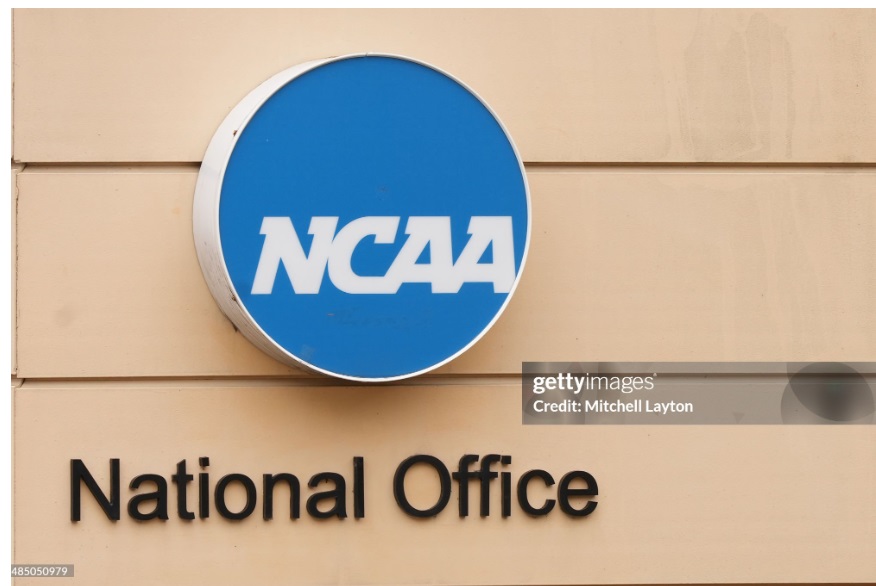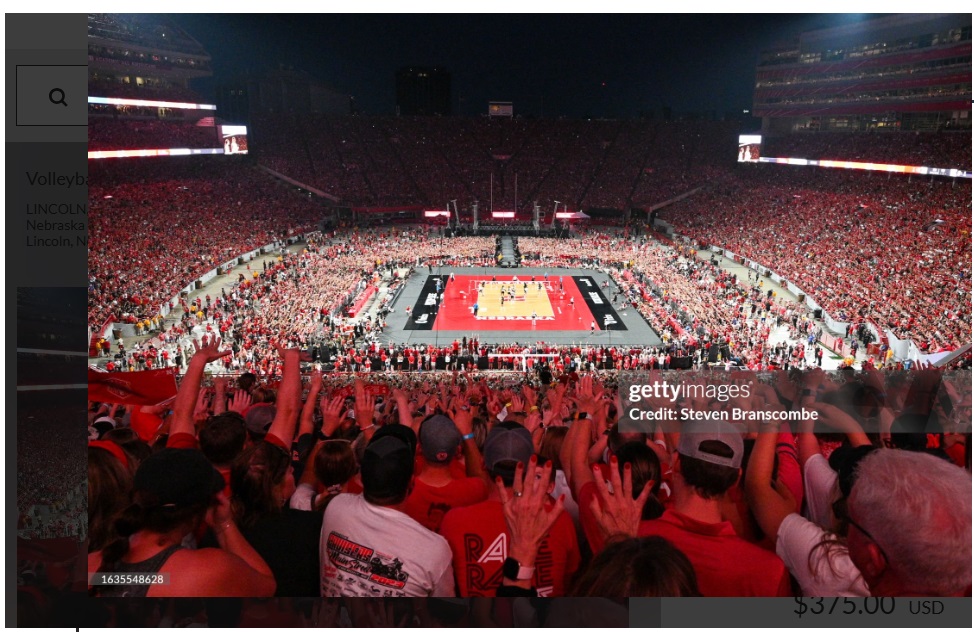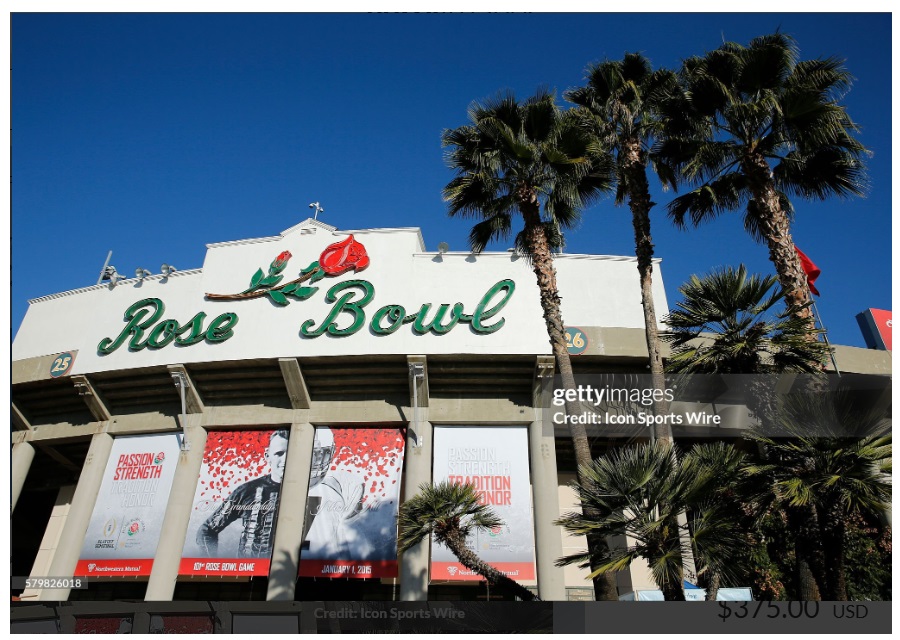Changes to NCAA Athlete Compensation (2025)

In 2025, the National Collegiate Athletic Association (NCAA) implemented a historic shift in its operating model by approving direct payments to college athletes, marking the end of strict amateurism that had long defined U.S. college sports. Driven by the legal settlement in House v. NCAA, the decision addresses antitrust concerns and reshapes the landscape of college football and other NCAA sports. Below is a detailed breakdown based on recent reports:
1. Approval of the House v. NCAA Settlement
Key date: On June 6, 2025, federal judge Claudia Wilken of the Northern District of California approved a settlement allowing Division I universities to directly compensate their athletes. Known as the House settlement, the ruling resolves three antitrust cases and marks a turning point in the future of collegiate athletics.
Economic impact: The NCAA will pay $2.8 billion in retroactive damages over the next 10 years to Division I athletes who competed since 2016, compensating for lost earnings due to previous restrictions. Each university may allocate up to $20.5 million annually to athlete compensation, with a revenue-sharing model set to begin in Fall 2025.
2. End of Amateurism and NIL Contracts
NIL evolution: Since 2021, athletes have been allowed to profit from their Name, Image, and Likeness (NIL) rights, enabling sponsorship deals and commercial partnerships. However, the unregulated NIL market disproportionately favored wealthier schools, leading to equity concerns.
Direct payments: The new model allows direct compensation from universities, eliminating sole reliance on third-party NIL deals. The goal is to standardize athlete pay and establish clear rules. Still, questions remain over whether athletes will be classified as employees and how Title IX (gender equity law) will apply to fund distribution.

3. Legal and Structural Implications
The House lawsuit: The lawsuit argued that the NCAA illegally restricted athlete earnings, particularly in football and basketball, while universities and conferences earned billions. Alongside previous cases like O’Bannon v. NCAA, this challenged the amateurism model on antitrust grounds.
Salary caps and controversy: The NCAA’s proposed $20.5 million salary cap per school is facing criticism, as it was not negotiated with athlete union representation and may violate antitrust law. Legal experts and social media users on platforms like X have noted the risk of future lawsuits challenging the cap’s legality.
NIL regulation: In 2025, the NCAA—through the Collegiate Sports Council (CSC)—began regulating NIL deals to prevent them from becoming disguised pay-for-play schemes. Collectives must prove that payments stem from legitimate business transactions, aiming to balance market practices.
4. Impact on College Football
Recruiting and roster construction: Coaches now face uncertainty in managing rosters under the new rules, especially in football, where teams often have 130 players (85 scholarship). Financial limits may lead to roster reductions, especially affecting walk-ons and non-scholarship players.
Competitiveness: Programs from Power Five conferences (ACC, Big Ten, Big 12, Pac-12, SEC) could leverage their larger resources to attract top talent with better compensation, potentially widening the gap with smaller programs.
Effect on other sports: Non-revenue sports, such as Olympic disciplines, may face budget cuts as schools redirect funds toward football and basketball, which generate the bulk of athletic department income.

5. Future Outlook and Challenges
Model stabilization: NCAA President Charlie Baker stated that the settlement will stabilize college sports by enabling direct financial benefits and regulating NIL agreements. However, he warned of a transitional period with challenges like recruiting rules and Title IX implementation.
Legal protection: The NCAA is seeking federal legislation to shield itself from future antitrust lawsuits, but political uncertainty—especially in an election year—makes congressional approval unlikely. Without legal immunity, the model remains exposed to legal risks.
Athlete impact: While players—particularly in football—will now receive a share of generated revenue, the absence of union representation raises concerns about labor rights and protections. Compensation could also influence recruiting, with wealthier universities gaining an advantage.
6. Historical Context
The O’Bannon case: In 2009, Ed O’Bannon sued the NCAA for using his likeness in video games without pay. Though the Supreme Court dismissed the case in 2016, it sparked a national debate about fairness in NCAA athlete compensation.
Mounting pressure: The growing popularity of college football and basketball, coupled with massive TV deals—like the $10.8 billion March Madness contract through 2032—intensified demands to share revenue with the athletes who fuel the system.
7. Public Reaction
Social media reactions show widespread enthusiasm, with many calling it a “historic day” for college sports. Still, critics cite concerns over perceived NCAA corruption and whether salary caps unfairly limit athlete income in the absence of collective bargaining.
Conclusion
The NCAA’s 2025 reform—especially the approval of direct payments to athletes—represents a revolutionary shift in college football and beyond. The House v. NCAA settlement enables schools to distribute up to $20.5 million annually and retroactively pay $2.8 billion in damages to former players. Yet challenges remain, including potential antitrust lawsuits, Title IX compliance, and the growing divide between resource-rich and underfunded programs. While some see this as a long-overdue correction, others warn that the model may create new inequalities in the landscape of college athletics.
